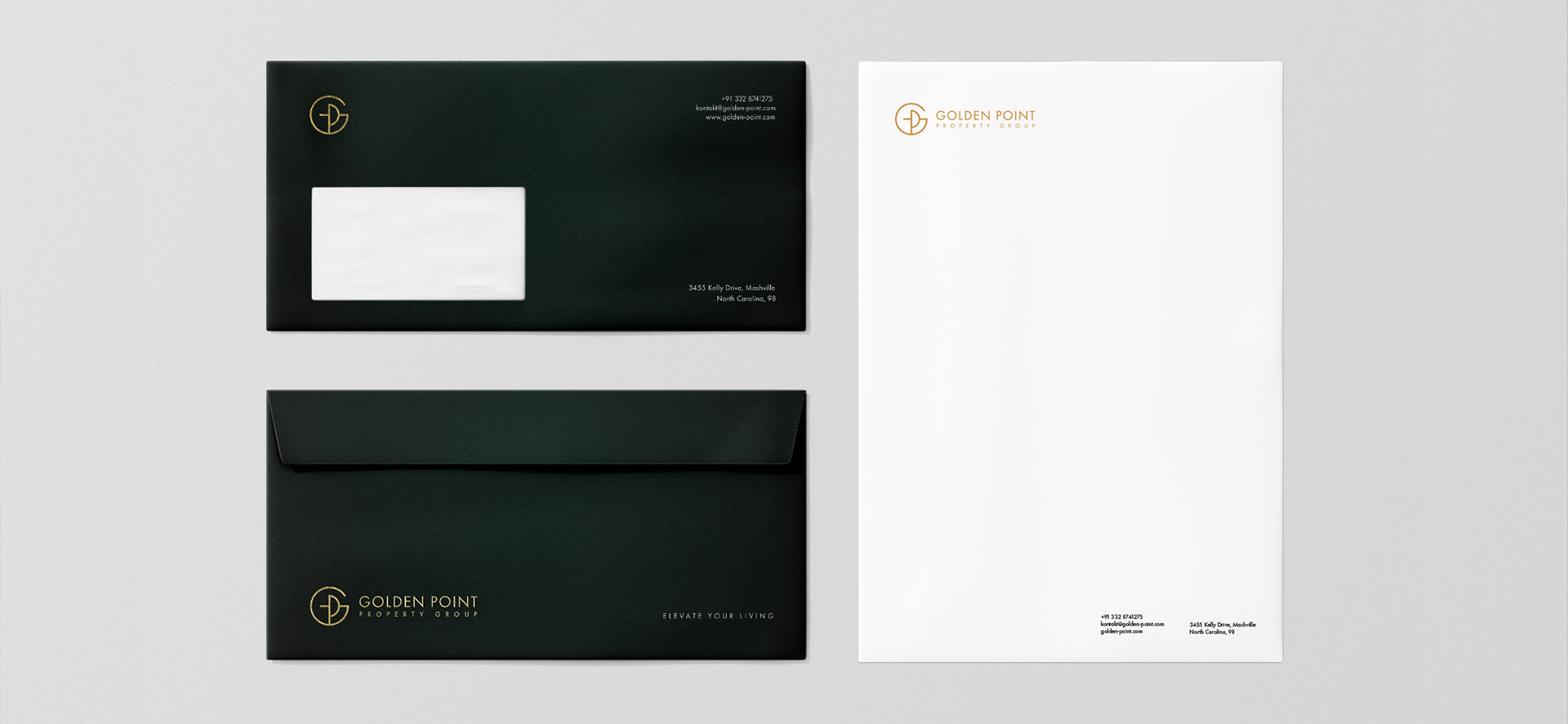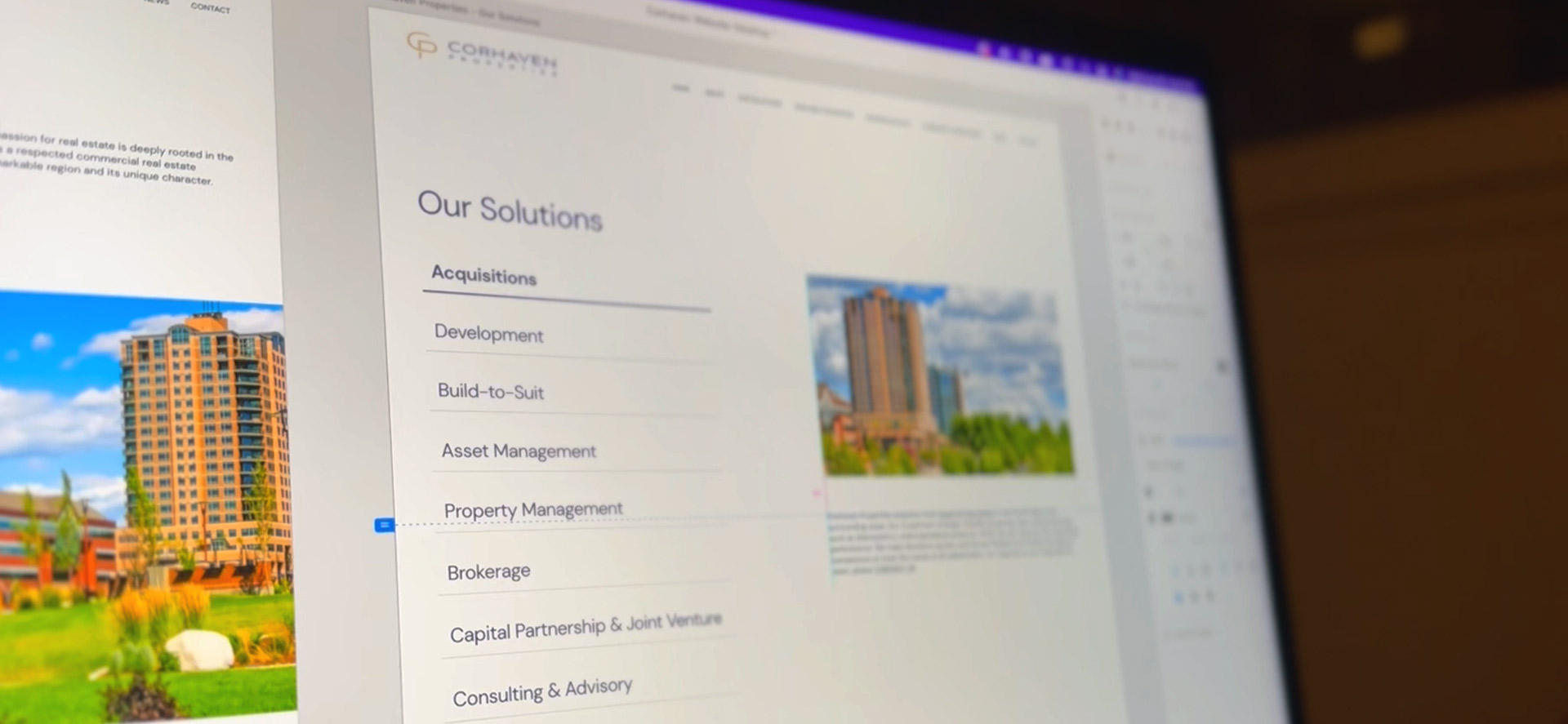Services

01 Discovery
The initial stage involves thorough market analysis, competitor assessment and conversations with client to ensure that the resulting design encapsulates the brand's unique personality.
02 Strategy
This stage involves defining the brand's core values, target audience, messaging and competitive differentiation, serving as the strategic blueprint for all design and communication efforts.
03 Design
The brand identity design phase is where the creative vision takes shape, translating the brand's essence and strategy into visual elements such as logos, color palettes, typography, imagery etc.
04 Touchpoints
This stage involves taking the identity created in stage 3 and developing it over a range of touchpoints, which are essentially any point of contact between a business and its customers.
05 Brand Guide
In this stage a comprehensive set of rules and standards is established to maintain consistency and coherence in how the brand identity is applied across various media and platforms.
06 Launch
Last stage involves the coordinated rollout of the new brand identity across all touchpoints, from marketing materials to digital platforms, creating a cohesive and impactful introduction to the world that reflects the brand's essence.

User friendly and slick web design is of paramount importance as it serves as the digital face of a business in today's online-centric world. It plays a crucial role in user experience, conveying credibility, trustworthiness and professionalism.
01 Project Plan
This stage involves understanding the client's goals, target audience and project scope. It also includes creating a project plan, defining objectives, and establishing timelines and budgets.
02 Research and Analysis
Conducting research on the industry, competitors and target audience to gather valuable insights is part of this stage. This information helps to inform design decisions and ensures alignment with the client's brand and objectives.
03 Information Architecture
This stage involves developing a sitemap and defining the website's structure, including navigation menus and page hierarchy, to ensure an organized and user-friendly layout.
04 Wireframing
Creating wireframes or low-fidelity mockups to outline the website's layout, content placement and functionality. This stage focuses on the overall structure and user experience.
05 Content
Developing or gathering content for the website, including text, images, videos and other multimedia elements. Ensuring that content is SEO optimised and aligns with the design style.
06 UI Design
Designing and prototyping high-fidelity layouts that showcase the visual aesthetics of the website, including color schemes, typography, imagery and overall style.

Micro animations, clean code and performance optimization are essential in modern web development because they combine aesthetics with functionality. Micro animations enhance user experience by providing subtle, engaging feedback, while clean code ensures the site is maintainable, scalable, and free of unnecessary clutter. When paired with speed-focused optimizations like image compression, lazy loading and efficient asset management, they create fast, responsive websites that look polished and perform flawlessly.
01 Project Plan
This stage involves understanding the client's goals, target audience, and project scope. It also includes creating a project plan, defining objectives, and establishing timelines and budgets.
02 Research and Analysis
Conducting research on the industry, competitors, and target audience to gather valuable insights. This information helps inform design decisions and ensures alignment with the client's brand and objectives.
03 Information Architecture
Developing a sitemap and defining the website's structure, including navigation menus and page hierarchy, to ensure an organized and user-friendly layout.
04 Developement
Implementing the design and functionality using any required content management systems (WordPress, Webflow, Squarespace etc.) or e-commerce platforms.
05 Testing and QA
Thoroughly testing the website for functionality, compatibility, responsiveness and performance across various devices and browsers. Identifying and fixing any issues or bugs.
06 Migration and Launch
Migrating the website from stage to main domain and ensuring that all components are functioning correctly. This stage marks the official launch of the website to the public.

Digital marketing is crucial in today’s connected world, acting as the foundation for businesses' online presence and growth. It allows companies to connect with a global audience, engage with prospects and enhance brand visibility in a cost-efficient (except LinkedIn) and trackable way.
01 Research and Analysis
Initial stage involves researching the target audience, market trends and competitors. This stage helps in understanding the landscape and identifying opportunities and challenges.
02 Goals
Defining clear and measurable objectives for the digital marketing campaign, such as increasing website traffic, generating leads or boosting sales.
03 Strategy
Based on research and goals, next in line is creating a comprehensive marketing strategy, determining which online channels (e.g., Meta, Google, Email marketing etc.) to use and how to leverage them effectively.
04 Content
Developing scroll-stopping, relevant content that resonates with the target audience. This includes creative assets for ads (copy, images, videos etc.) and any other types of content that support the chosen channels.
05 Execution
Implementing the marketing strategy by launching campaigns on selected platforms. This involves creating and running ads, publishing content and managing social media accounts.
06 Monitoring and Optimization
Continuously tracking and analyzing campaign performance using tools like Google Analytics and making necessary optimizations to increase campaign performance. Upon campaign completion client gets the report.
The processes are highly adaptable depending on the scope of the project and clients' needs.
For some clients, a comprehensive rebranding might be necessary, involving a complete overhaul of logo, color schemes and visual elements. Others may require a refinement of specific brand touch points to align it with evolving market trends.

Got a project in mind? Feel free to reach out.
© CSZ Design. 2025

© CSZ Design. 2025
Got a project in mind? Feel free to reach out.